Clean hydrogen has often been compared to oil and natural gas as the next driver of the economy, with one major difference – it has to be manufactured rather than extracted from the earth.
Or does it? A U.S. Geological Survey model presented at the Geological Society of America in October last year estimates there could be enough hydrogen trapped underground to meet global demand for thousands of years.
And unlike oil and natural gas, more of it is being made all the time in chemical reactions deep within the earth, meaning we may never run out.
Much like the early days of oil in 19th century North America, companies are buying up exploration rights to search for what has been described as “gold hydrogen” while geologists are carrying out surveys of possible deposits.

It may be that the way it accumulates is not commercially exploitable or that it isn’t accessible at a great enough scale for a sizeable industry to grow up around it. But if it is, the implications would be immense.
The cost of extracting hydrogen from the ground is potentially very cheap compared with existing methods. One deposit in Mali, which is at a relatively shallow depth and produces nearly pure hydrogen, could be tapped for 50 U.S. cents per kg. A company called Helios Aragon, which is pursuing a project in the foothills of the Spanish Pyrenees, estimates production costs of 50-70 cents per kg.
That compares with between $3 and $8 per kg for green hydrogen, which is produced by splitting water with electrolysers powered by renewable energy. The price varies so much because of the huge variance in the cost of renewable energy in different parts of the world.
The price of green hydrogen is expected to fall rapidly over the coming decades thanks to economies of scale and lower renewable energy prices, with some predicting a dive to as low as $1.50 per kg by 2030.

A company called Helios Aragon, which is pursuing a project in the foothills of the Spanish Pyrenees, estimates production costs of 50-70 cents per kg.
The challenge for the producers of the cheapest hydrogen is then transporting it to places where it is consumed, which is expected to add a couple of dollars per kg to the final price. However, the economics would become more desirable if it could be produced for 50 cents per kg.
If “gold hydrogen” does become commercially viable it is likely to become another welcome source of the clean fuel that is decarbonising sectors from transport to energy to heavy industry.
One of the great benefits of green hydrogen is that it can be produced close to where it will be consumed. For instance, a project being developed by Ryze Hydrogen, Northern Gas Networks and Hygen Energy Holdingswill produce and dispense hydrogen in the heart of Bradford, making it available for hydrogen vehicles and local industry.
If gold hydrogen becomes available in the coming decades, it will be a welcome addition to the burgeoning hydrogen economy.
To learn more about Ryze Hydrogen, click here.






